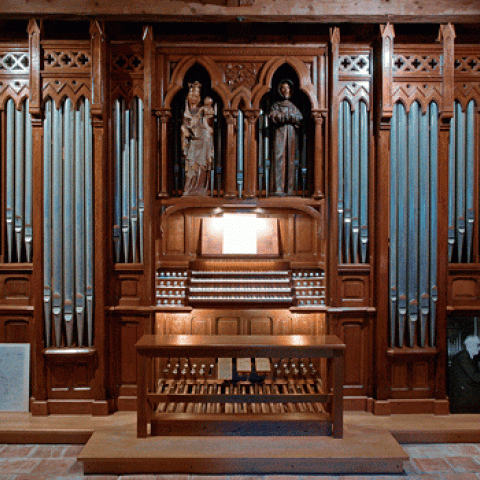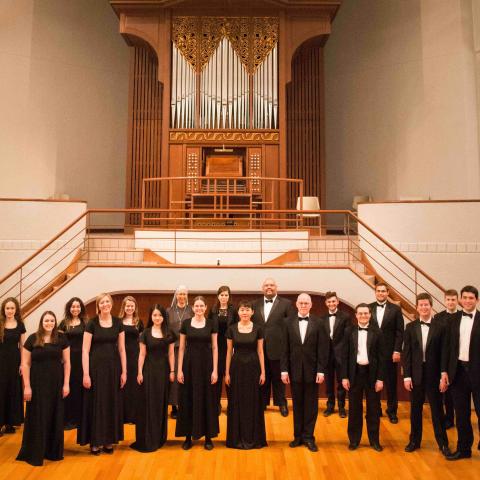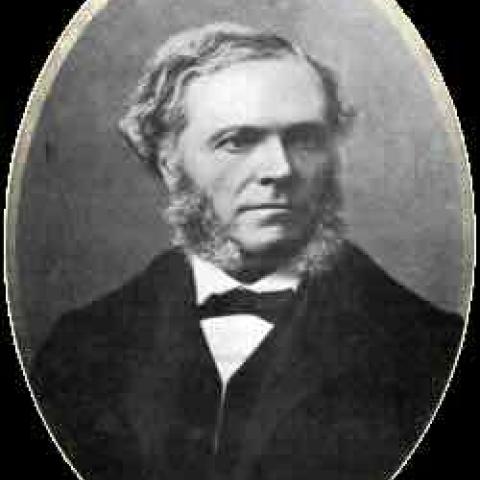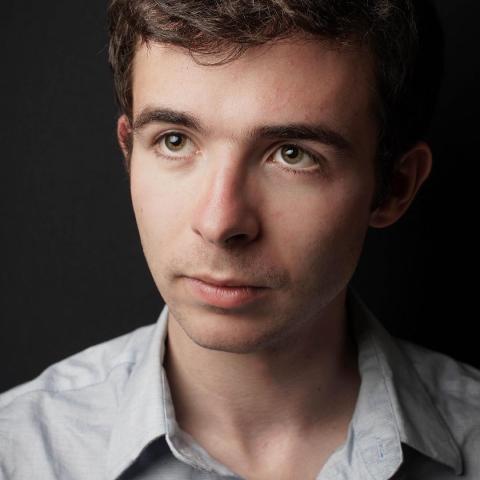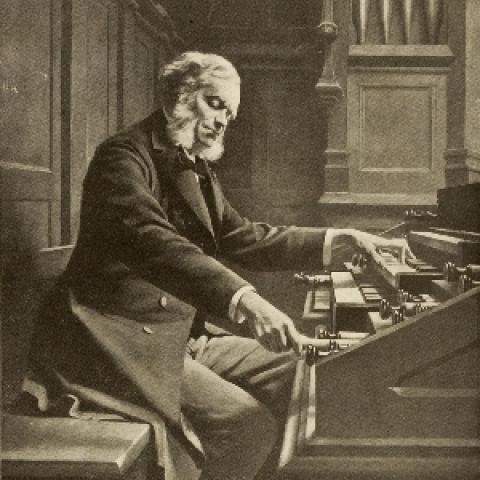
The International Organ Course in Romainmôtier, Switzerland, again offers a program in a medieval village with three organs: the Alain family organ, built by Albert Alain, father of Jehan and Marie-Claire; the house organ of the musicologist and organist Luigi Ferdinando Tagliavini; and the Lhôte organ in the abbey church. For 2020, the first week of the course, July 12–19, will be dedicated to improvisation, taught by Emmanuel Le Divellec and Tobias Willi, open for all levels.
During the second week, July 19–26, three masterclasses will focus on the organ music of Jehan Alain, supplemented by lessons on music of the South German Baroque; the organ music of Robert Schumann and Bach’s fugues, taught by Wolfgang Zerer of Hamburg; 18th-century French music and works by César Franck, taught by Christophe Mantoux of Paris; and on Brahms’s organ music and Bach’s fantasies, taught by Guy Bovet of Neuchâtel.
For information: www.jehanalain.ch.

